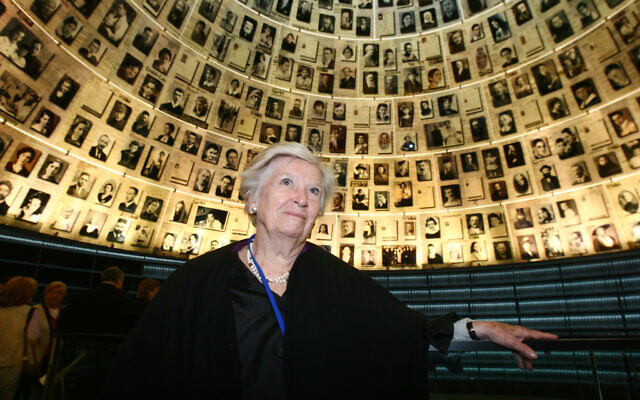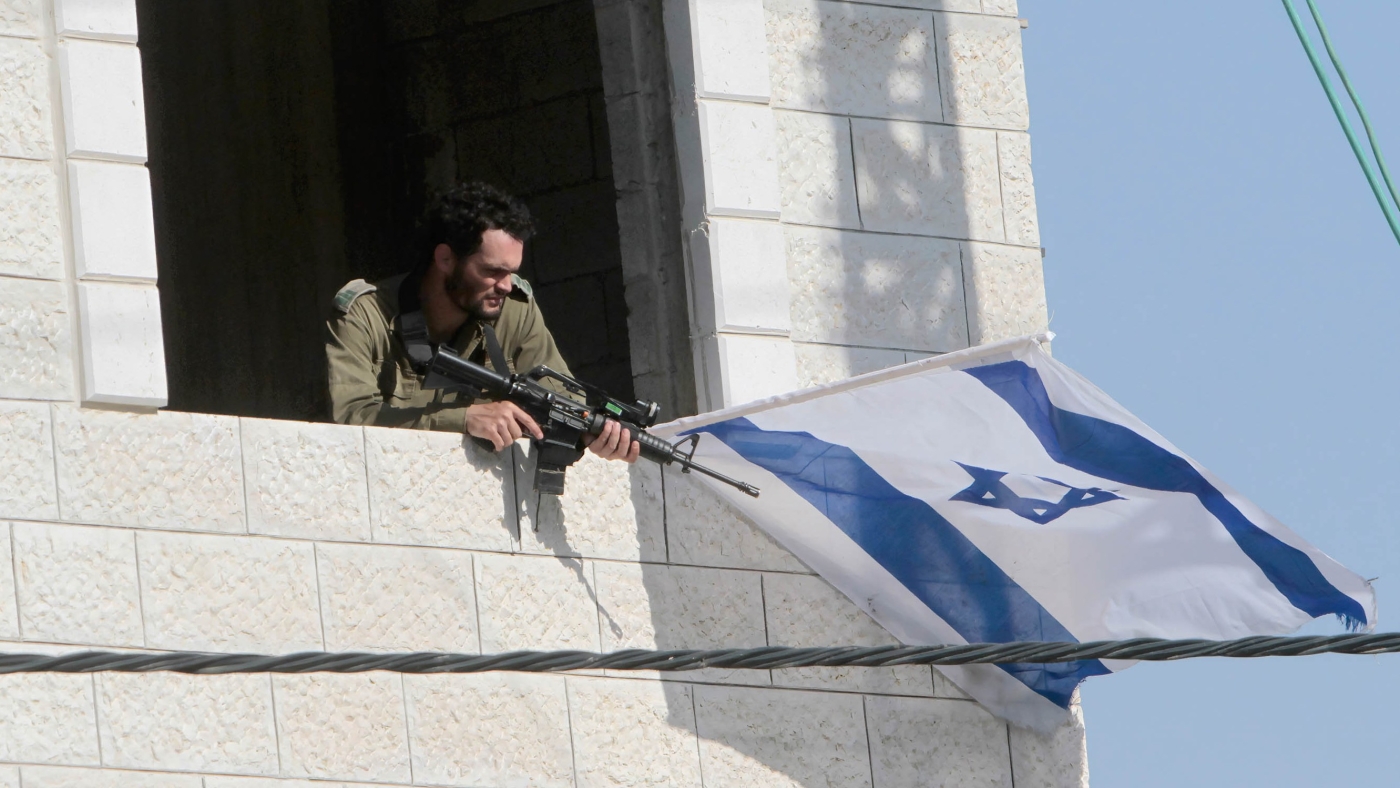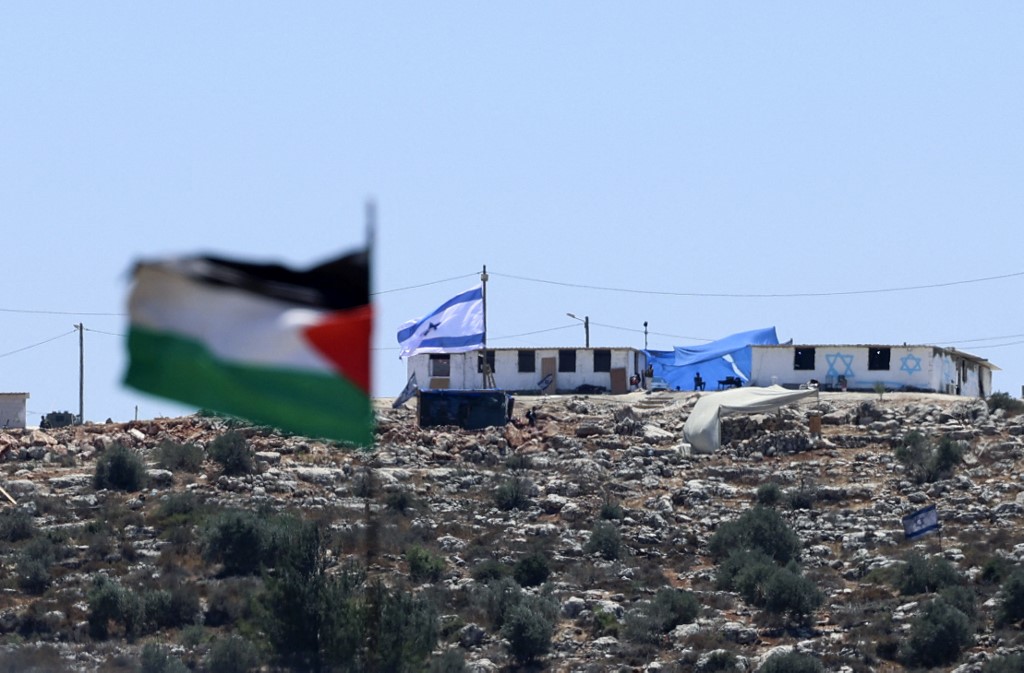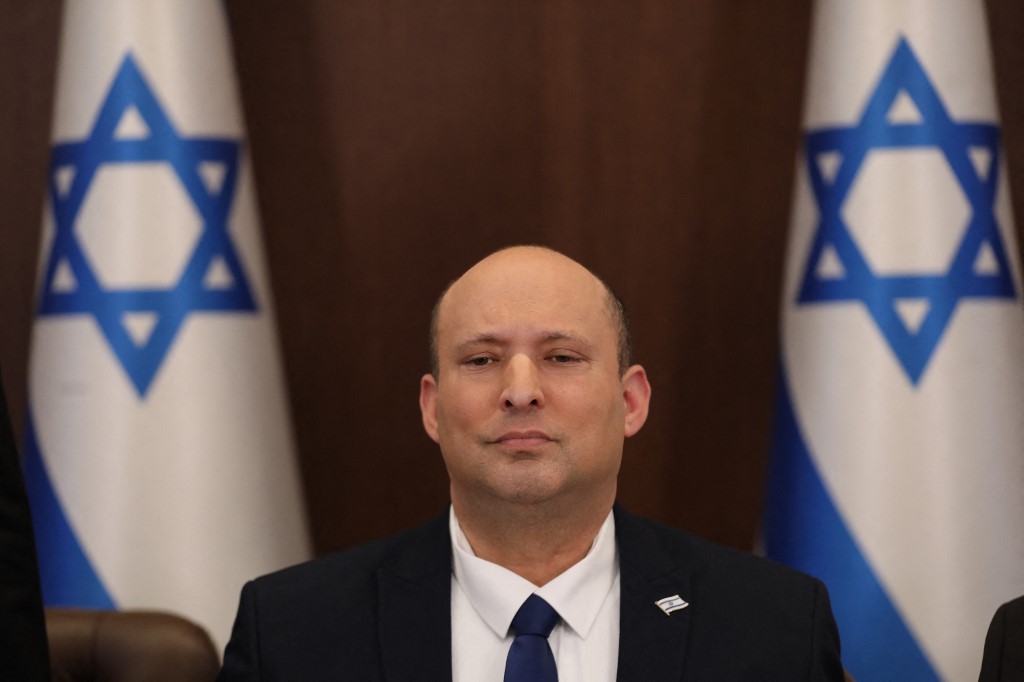Balochistan with a mixed history has historically found itself squeezed between competing powers due to its geographical location between modern-day Pakistan, Iran and Afghanistan. Earlier it fought to maintain its autonomy against aggressive empires. During the British rule it was directly administered as the ‘Baluchistan Agency’ and a federation of sovereign princely states led by the Khanate of Kalat. Once the British left, Khan of Kalat declared the independence of Kalat state, including that of Las Bela, Kharan and Makkoran.
The Pakistani government was able to pressure the Khan of Kalat to accede to Pakistan by 27 March 1948. However, both Houses of the Kalat legislature rejected the move. The ruler’s own brother, Prince Abdul Karim, initiated a revolt against the coerced merger with Pakistan, resulting in the Pakistan Army’s occupation of Balochistan and since then pro-independence factions continue the Balochistan freedom struggle.
Balochistan Struggle
The Baloch Liberation Army (BLA) is an armed separatist group that targets security forces and civilians, mainly in ethnic Baloch areas of Pakistan. The BLA, the armed wing of the Baloch movement, has carried out several violent attacks in Pakistan. It has about 6,000 cadre spread across Balochistan and in the bordering areas of Afghanistan. It is borne out of the tradition of armed militants who were earlier indirectly supported by the Marri, Bugti, Mengal and other clans. The US has designated the BLA as a terror organisation.
BLA is opposed to Pakistan’s exploiting the resources of the without giving the due share to the locals and the indigenous Baloch tribes. In recent years, the BLA has emerged as a movement with a network of supporters in both urban and rural areas of Balochistan. BLA rebels have claimed that they are aiming for both freedom from Pakistan and internal reform of the Baloch society.
Geography
Balochistan is geographically the largest of the four provinces at 347,190 square km and totals 42 percent of the total land area of Pakistan. The population density is very low due to the mountainous terrain and scarcity of water.
The Sulaiman Mountains dominate the northeast and the Bolan Pass is a natural route into Afghanistan towards Kandhar. Much of the province south of the Quetta is sparse desert terrain with pockets of inhabitable towns mostly near rivers and streams. Quetta is situated in a river valley near the border with Afghanistan, with a road to Kandahar in the northwest.Iranian Balochistan is to the west, Afghanistan and the Federally Administered Tribal Areas to the north and Punjab and Sindh to the east. To the south is the Arabian Sea. The principal languages in the province are Baluchi, Pashto, Brahui, and Persian. The capital and largest city is Quetta.
The Balochistan Economy
The economy of Balochistan is mainly based upon the production of natural gas, coal and other minerals like gold, copper, etc. Agricultural development could not take place due to the absence of water. Wheat, rice, jowar are the major food crops, and fruits are the principal cash crops. In addition to this great majority of the population is involved in sheep grazing.
Despite being rich in natural resources the people of this region are living in extremely poor conditions. Much of the population is illiterate, malnourished living without electricity or clean drinking water.
The Water Crisis
The people of Pakistan, particularly those in southern Punjab, Sindh and Balochistan, are facing the worst kind of water crisis. Research suggests that 85 per cent of people in Balochistan have no access to clean water. The groundwater situation in Pakistan is also alarming, having tumbled down to frightening levels. Pakistan ranks 14 among the 17 countries that are deemed extremely high water-risk regions in the world. Experts say Pakistan may become the most water-stressed nation in the region by 2040.
China-Pakistan Economic Corridor (CPEC) Exploitation
The political and economic outcomes of the CPEC are at cross roads with the local politics of total distrust and regionalism in Balochistan. The history of political exclusion and resource exploitation by the elite Punjabi military-bureaucracy nexus manifested in Balochs’ CPEC. The acquisition of Gwadar port, exclusion of Baloch firms and labour from Gwadar and associated CPEC projects and exclusion of native fishermen have heightened pre-existing feelings of regionalism in Balochistan, with Baloch nationalist forces either wholly rejecting the project or voicing for greater share in these projects.
Fish Resource Exploitation by Chinese
Most recently, Gwadar has seen protests against CPEC in the specific context of fish resource exploitation by Chinese trawlers. Many of the local fishermen vacated their fishing spots due to construction of Gwadar port in hope of better future. However, the federal government granted fishing permission to the Chinese fishermen ignited widespread unrest and further alienated the local population. This unrest culminated in a 28 day sit-in protest in 2021 led by Jamaat-i-Islami (JI) in which a large number of people, including women, and children, participated.
Gwadar Port
Pakistan has given China exclusive rights to run ‘Gwadar Port’ for the next four decades as it is under huge Chinese debt.China’s debt-trap diplomacy has not spared Pakistan, which ranks as its sole strategic ally. China will take away 91 percent of the port’s revenues. It also plans to build near the port a Djibouti-style outpost for its navy. People of Baluchistan including women have been protesting against the sell out to China.
The Gwadar port project and associated networks of roads and railways have not resulted in integrating Balochistan with the rest of the country. Contrary to expectations, locals have not found jobs and despite commitments neither a hospital nor a vocational training center has been established. Instead, local fishing grounds have been taken over by the Chinese. The locals view development and economic activities carried out in Gwadar as exploitative which has led to anti-state feeling that leads to violence.
In response to the Baloch people’s resistance against the exploitation of it’s natural resources, the Pakistan Agencies have responded with mass-scale forced disappearances and killings. Balochistan has come to be known as the Land of enforced disappearances which have increased in recent years. At the same time militants have increased the frequency of attacks aimed at undermining Chinese investment. Any blast taking place in Balochistan is a result of RAW conspiracy for the Pakistani establishment. Floods in the Punjab region of Pakistan are always a result of the Indian conspiracy which lets excess waters go without warning from upstream projects. Not withstanding the fact about decades of disappearances in Balochistan, Pakistan policies support proxy wars and enforced disappearances. What justice can a common citizen expect, and Balochistan lives with this malice of enforced disappearances…













_fitted.png)




